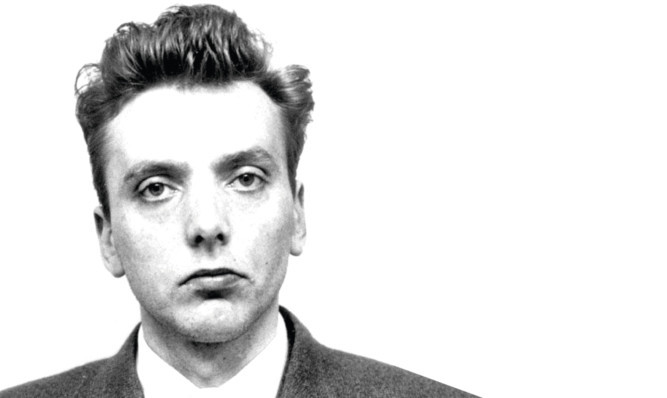
Crime writer’s letters to Ian Brady.
A war of words has broken out over whether Moors Murderer Ian Brady really has forgotten where he buried his only undiscovered victim.
Brady and Myra Hindley abducted Keith Bennett as he went to visit his gran and murdered the 12-year-old before burying his body on Saddleworth Moor.
He was one of six child victims killed by the couple and the only one whose remains have still not been found despite desperate pleas from Keith’s family.
Keith’s mum, Winnie Johnson, died last year aged 78, never knowing where her beloved son is buried.
Now Durham-based crime writer Bernard O’Mahoney, who has had numerous replies to his letters to the killer, claims prescription drugs have clouded Brady’s memory.
Mr O’Mahoney told The Sunday Post: “Brady has been full of medication for a long time.
“If I took you up to a moor 50 years ago then put you in a psychiatric hospital and filled you full of drugs, you’d have forgotten too.
“I’m not defending him, but I don’t think Brady was misleading Winnie or the police.
“I don’t think he knows where Keith’s body is buried anymore.”
However, his comments have angered Keith Bennett’s family, including his brother Alan, who has made repeated calls for Brady to reveal where the remains are buried.
“Brady has a very selective memory,” he said. “He can remember things when it suits him.”
Alan Bennett spoke out after Brady’s mental health advocate, Jackie Powell, was told she wouldn’t face charges over a supposed letter from the killer revealing details which could have led to Keith’s grave.
The Crown Prosecution Service said in February it could not prove she knew the letter’s contents or even if it existed.
At the time, Mr Bennett said: “All those sympathisers of Brady take up all of his time and keep his sick ego intact as well as their own.
“He should be isolated and all his visitors should have to pass a vetting system as to why they are visiting him, just as his letters should be vetted and anything not of a professional or legal nature should be incinerated, not passed on for his amusement.”
Mr O’Mahoney, who turned from a life of crime to become an author, began writing to Brady about 12 years ago in the hope he would reveal Keith’s final resting place. Initially, his letters criticised the justice system in the hope of sparking a response from the evil killer. “It’s his favourite subject,” he said.
He later became close to Winnie Johnson and released a book based on the letters, Flowers in Gods Garden, before she died.
Mr O’Mahoney, a dad-of-six, still exchanges three or four letters a year with Brady. However, the writer has little sympathy for the child killer and believes the hunt for Keith should continue.
He said: “It’s an absolute disgrace the Government will fund appeals for dead prisoners but won’t excavate a crime scene where the body of a child in an unsolved murder case lies.
“It’s not a huge area and in time it would return to its natural state.
“A young boy will have been laid to rest with his mother we all owe it to her.”
O’Mahoney the killers’ pen pal
Bernard O’Mahoney has spent 23 years writing to some of the sickest killers on the planet.
He contacted Yorkshire Ripper Peter Sutcliffe in 1991, posing as Belinda Canon. O’Mahoney wrote, sending “big juicy hugs” to Sutcliffe, attempting to gain the trust of the killer, who murdered 13 women and attempted to murder seven more. Sutcliffe was taken in, replying to his “admirer” from his secure ward in Broadmoor hospital.
He befriended Richard Blenkey while he was awaiting trial for the murder of seven-year-old Paul Pearson in Cleveland in 1992. In one of his letters, Blenkey effectively confessed to the crime.
Again posing as a woman O’Mahoney managed to befriend Shaun Armstrong, who brutally murdered and sexually assaulted Hartlepool three-year-old Rosie Palmer. Her body was found in a bin liner in his home.
The killer protested his innocence but admitted the killing in a letter to O’Mahoney, which he passed on to police. Armstrong was jailed for life in 1995. Incredibly, Armstrong tried to sue O’Mahoney for breach of confidence, but was unsuccessful.
O’Mahoney posed as lonely secretary Patsy in letters which helped secure the conviction of David Copeland, the London nail bomber. During his trial, the Old Bailey heard how Copeland had fallen in love with Patsy. The prosecution used the letters as evidence of his state of mind.

Enjoy the convenience of having The Sunday Post delivered as a digital ePaper straight to your smartphone, tablet or computer.
Subscribe for only £5.49 a month and enjoy all the benefits of the printed paper as a digital replica.
Subscribe